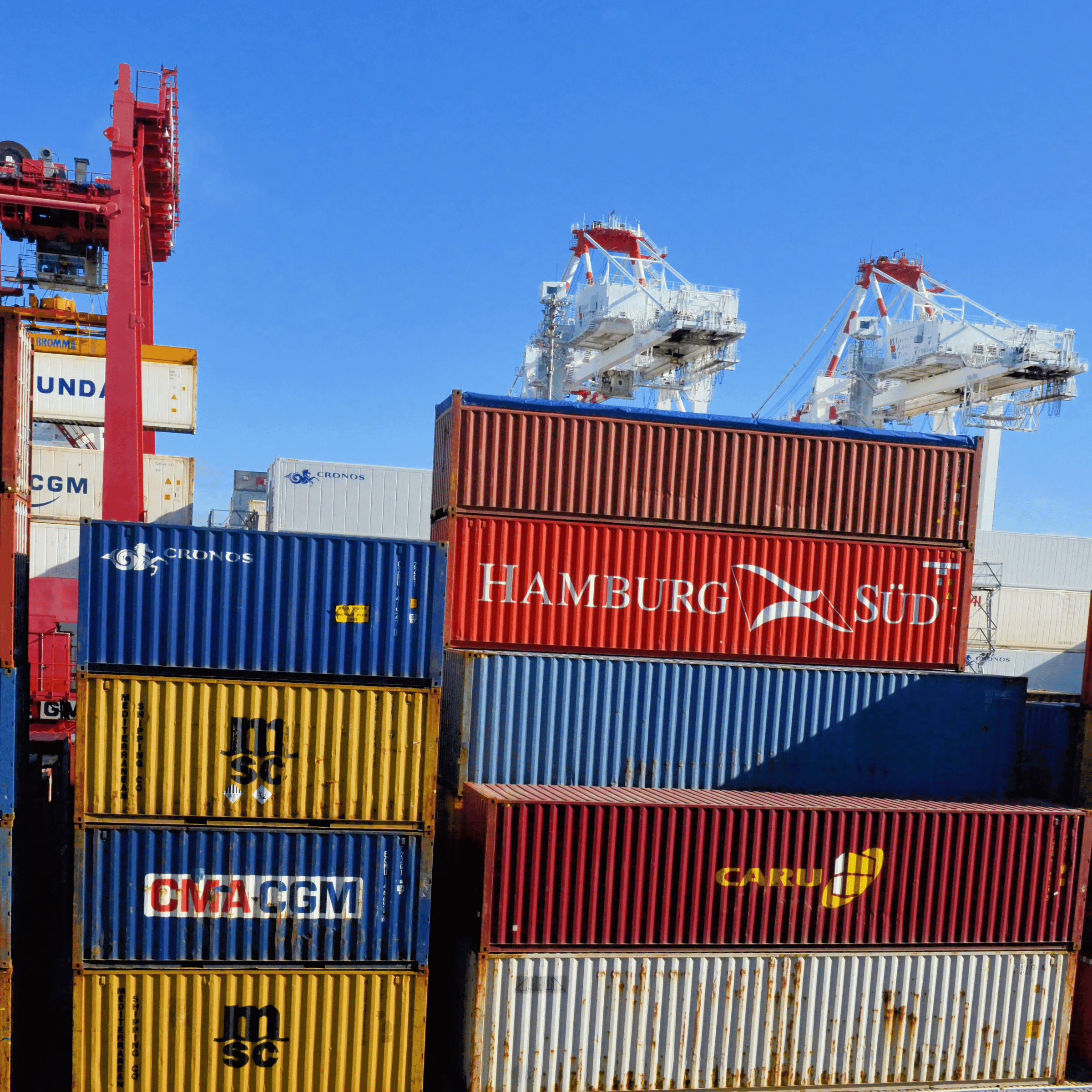Introduction
In the logistics landscape, 4PL (Fourth Party Logistics) has emerged as an innovative evolution that adds a new dimension to the supply chain management. This study provides an in-depth understanding of 4PL, its rise, and how it compares to its predecessors like 3PL (Third Party Logistics). We will also explore the future trends and the implications for the logistics industry.
What is 4PL?
Definition – 4PL, or Fourth Party Logistics, represents a higher level of supply chain management. Unlike 3PL providers, who offer specific logistics services, a 4PL provider is a supply chain integrator that assembles and manages all resources, capabilities, and technology of an organization’s supply chain and its array of providers.
Key Components
Consultation: Assisting in overall strategy and design of the supply chain.
Integration: Coordinating various elements of the supply chain, including 3PL providers.
Technology Management: Using advanced technology to offer real-time data and insights.
Performance Monitoring: Regular assessment and optimization of supply chain performance.
The Rise of 4PL: Early Adoption and Growth
The emergence of 4PL began in the late 1990s, coinciding with globalization and the rise of complex, international supply chains. Organizations needed a more strategic partner to navigate this complexity, leading to the birth of 4PL providers.
Market Drivers
Globalization: As businesses expanded globally, the need for sophisticated logistics management grew.
Technological Advancements: Innovations in technology facilitated real-time tracking, data analytics, and integration.
Customer Demand: Increasing demand for efficiency, customization, and agility in the supply chain.
Regulatory Compliance: Navigating and complying with different international regulations.
Case Examples
Accenture: Formed one of the first 4PL companies in 1996, offering integration and consulting services.
DHL: Embraced the 4PL model to provide end-to-end supply chain solutions to their global clients.
Comparison with 3PL
Services: 3PL focuses on specific services like transportation, warehousing, etc., while 4PL integrates the whole supply chain.
Strategic Role: 4PL acts as a strategic partner, while 3PL offers more tactical support.
Technology Use: 4PL leverages more advanced technology to provide analytics and insights.
Relationship: 4PL involves a long-term partnership with higher engagement, while 3PL relationships are often transactional.
Future of 4PL and Third-Party Logistics
Trends
Automation and AI: Integration of AI to predict demand, automate processes, and enhance decision-making.
Sustainability: Focus on environmentally friendly practices.
Customization: More personalized services aligned with business strategy.
Collaboration: Increased collaboration between various parties in the supply chain.
Challanges
Data Security: Managing and securing vast amounts of data.
Regulatory Complexity: Keeping pace with ever-changing global regulations.
Cost Factor: Balancing customization and integration with cost efficiency.
Conclusion
The rise of 4PL has redefined the logistics landscape, providing a more strategic, integrated approach that goes beyond the capabilities of 3PL. The future holds great promise, with trends such as automation, sustainability, and customization driving innovation. The challenges related to data security, regulatory complexity, and cost will shape how the industry evolves. The success of 4PL signals a shift toward a more connected, intelligent, and responsive supply chain that can adapt to the complex demands of a globalized economy.






